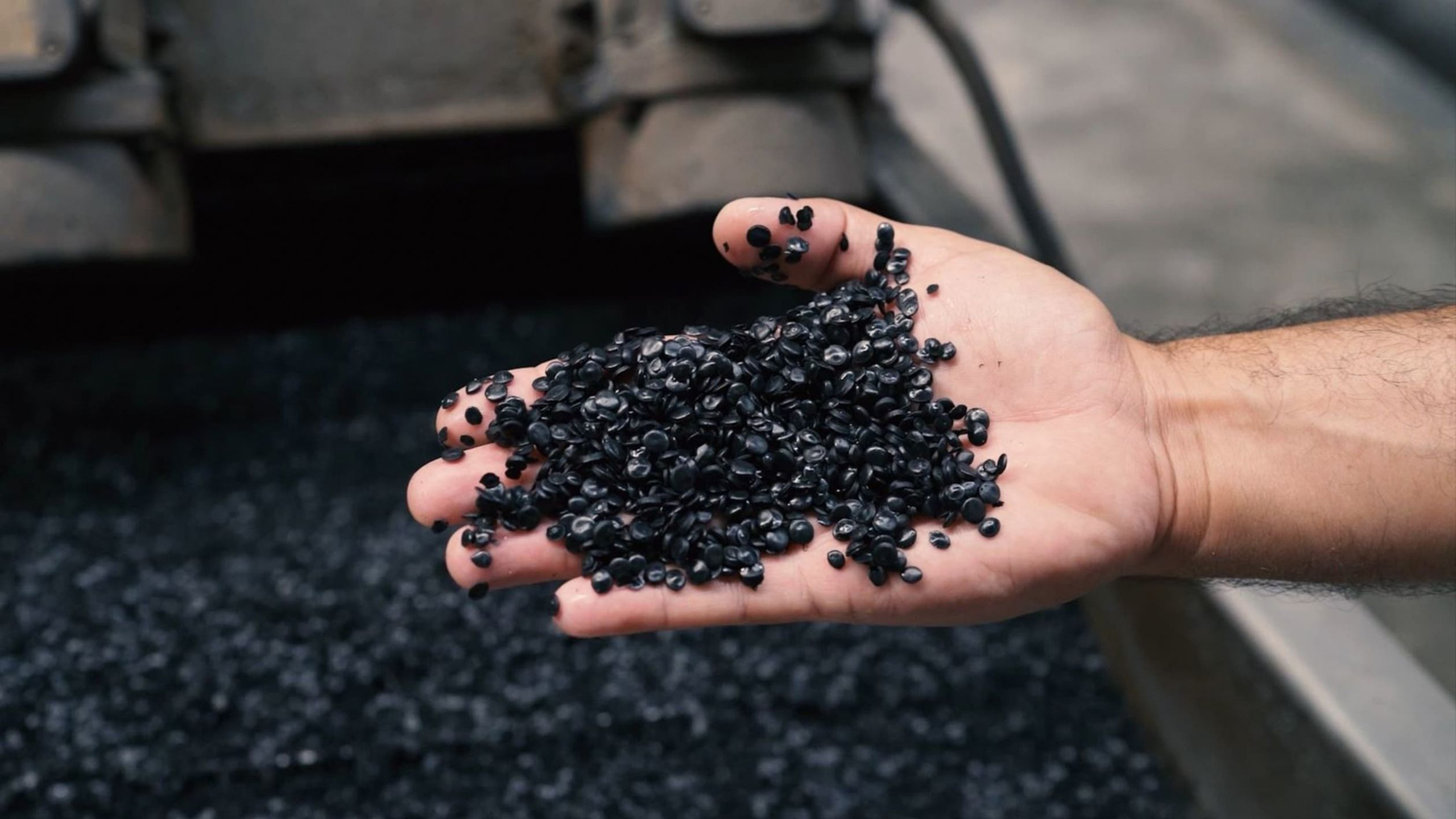Sorting plastic out
Plastic recycling, and as a matter of fact, recycling of any other material, starts with a very simple yet very powerful action: sorting through household rubbish.This is one of the most fundamental steps of plastic recycling and, as a matter of fact, is totally your call. But what happens next?
There are still many myths and misunderstandings surrounding plastic recycling or even waste sorting. Clear them up, once and for all, and… good riddance!
Used plastic packaging have a long way to go before being transformed into new packaging, objects, fuel or energy. Who’d say the secret life of plastic was so interesting?
The first step of plastic recycling
Different countries sort their rubbish in many different ways.Some separate plastic packaging from other types of plastic, others separate all plastic and metal from paper and glass, some others only separate recyclable materials from organic waste and send them to a sorting facility. Whatever the way your country does it, as long as you play along, you’re on the right track.
Once in the recovery facility, the real journey begins. After the first initial sorting, your recyclable materials are sorted through again and again. This is how metal gets separated and aluminium does not get forgotten in between plastic bags and bottles.
After a lot of sorting, plastic is pressed and squeezed and sent on the second part of this exciting journey: on the way to a recycling industry. In here, labels and stickers are removed and all the valid plastic waste is washed to remove dirt and food remains, for instance.
Main plastic recycling methods
There are two main methods of ensuring proper plastic recycling. Let’s try to explain them in an easy way.
-
Mechanical Recycling
This one is not that difficult to explain: Plastic gets separated, washed and shredded into little pieces, ready to be processed.
Extruding is the next step, which basically means that all those small plastic pieces are then melted and cooled to create pellets: little spheres of recycled plastic.
Those magic pellets, that resulted from the blend of several old plastic packages, are now ready to be turned into new ones, by being melted and moulded. To create hollow pieces, such as water bottles, the pellets are heated and air-pressed into a mould to take the shape of the desired object.
Hey, look! What used to be a water bottle is now a stapler. How cool is that!
-
Chemical Recycling
Let’s get nerdy here, since there is no other way of putting it: complex molecules present in plastics (polymers) are broken down into simpler ones (monomers), using chemicals or forcing the decomposition of plastics into gas, liquid and solid products, which are then used to produce new fuels or chemicals.
What happens to the plastics that can’t be recycled?
The plastics that can’t be recycled will undergo an Energy Recovery process that transforms them into thermal and electric energy. By incineration, that is, burning, plastics break down to three possible by-products: energy, solid waste and gas emissions.
This method is mostly used for plastics that are too damaged, dirty or difficult to separate from other kinds of plastic. This method generates some controversy due to the potential toxic nature of the gas emissions.
However, rest assured that energy recovery from plastic burning follows very strict rules and rigorous protocols to ensure the equipment used in burning and filtering are effective and prevent the release of toxins into the atmosphere.
Of all the waste that comes from the yellow recycling bin, about 40% is sent to an energy recovery plant.
What about after plastic recycling?
After this commonly unknown path of plastic, its new life is starting. New raw materials from mechanical and chemical plastic recycling are transformed, shaped and reinvented, ending up as a variety of materials and objects we use daily, according to the several different types of plastic and in what they can be transformed in.
If sorted correctly, separated and channelled to the right places, plastic can have a much more interesting and useful life, much less harmful for the environment. Paper, glass, metal and plastic recycling, among others, is a necessary step towards a more circular economy – as circular as the Earth.
Did you know that…
- In 2020, the Jerónimo Martins Group sent more than 85% of all waste produced to recovery?
- Plastics bags used in Pingo Doce and Biedronka are made with 85% post-consumer recycled plastic and are 100% recyclable as well?
- Both Biedronka and Pingo Doce sell a washing dish liquid dedicated to the oceans, made with 89% post-consumer plastic, being the remaining 11% recovered marine litter?
